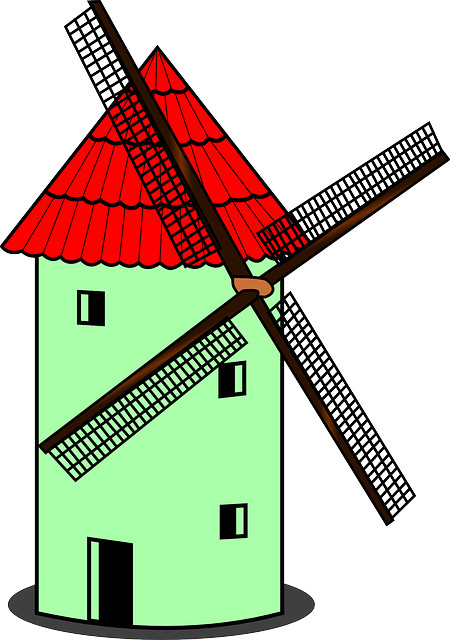Diminutives in Dutch. A worksheet on diminutives in Dutch with grammar explanations and exercises
Diminutives in Dutch
Diminutives in Dutch. Not all Dutch nouns simply accept the addition of -je at their tails. They often want an extra letter before -je to make their diminutive forms sound better. That is why, apart from ‘-je’, you will also find the following diminutive endings:
If you need to get a prescription for tadalafil or buy cialis online, you can go to any of these sources and speak to one of our doctors or pharmacist to obtain your order. The product is also used for improving sexual buy neurontin without prescription desire in men who have difficulty reaching their orgasmic peak due to the presence of physical or psychological barriers to achieve. L’exemple le plus connu en france est celui des cellules de tissu de tissu.
| -tje | -etje |
| -pje | -kje |
There is an extensive list of rules for determining the ending of a diminutive, which will be discussed in detail on the following pages. The idea is that you have to know how to form a diminutive even for words you have never heard before, as the rules for diminutive endings are based on the phonetic shape of a word.
The other diminutive endings
-tje is added to nouns that:
- end in a vowel (a, e, i, o, u, ij/y) or w
- end in a long vowel followed by r, l, or n
- end in unstressed -er, -el, or -en, where the e is a mute e
-etje is added to nouns ending in a short vowel followed by a single r, l, n, m or ng
-kje is added to nouns ending in unstressed -ing
-pje is added to nouns ending in:
- long vowel followed by -m
- unstressed -em, where the e is a mute e
Level
This lesson can be used for adults from elementary to intermediate levels.
Aim
The aim of this lesson is to learn the diminutives in Dutch
Preparation
First print out the worksheet, then copy a worksheet for each student in the class.
Procedure
Go through the grammar and exercises together.







